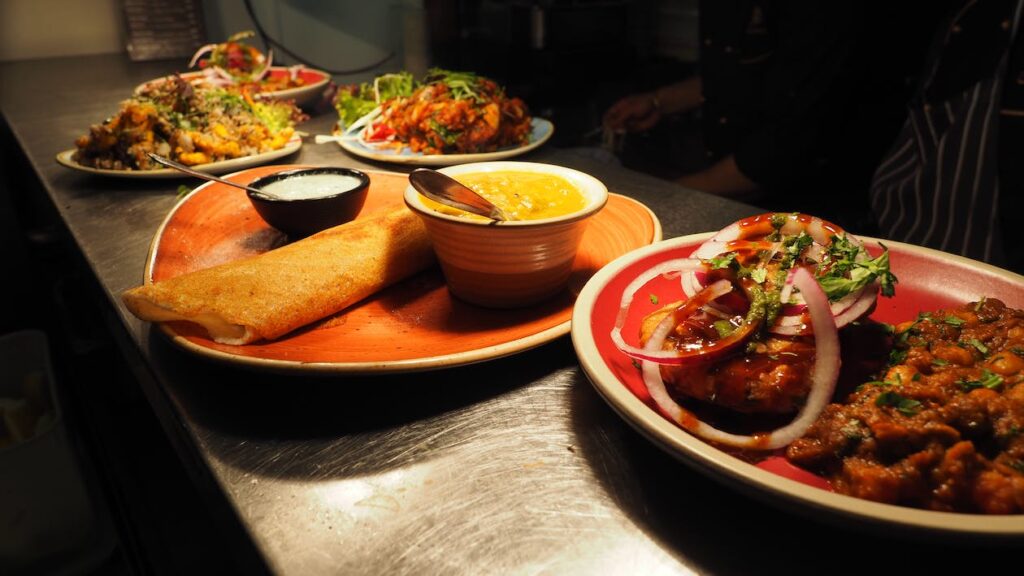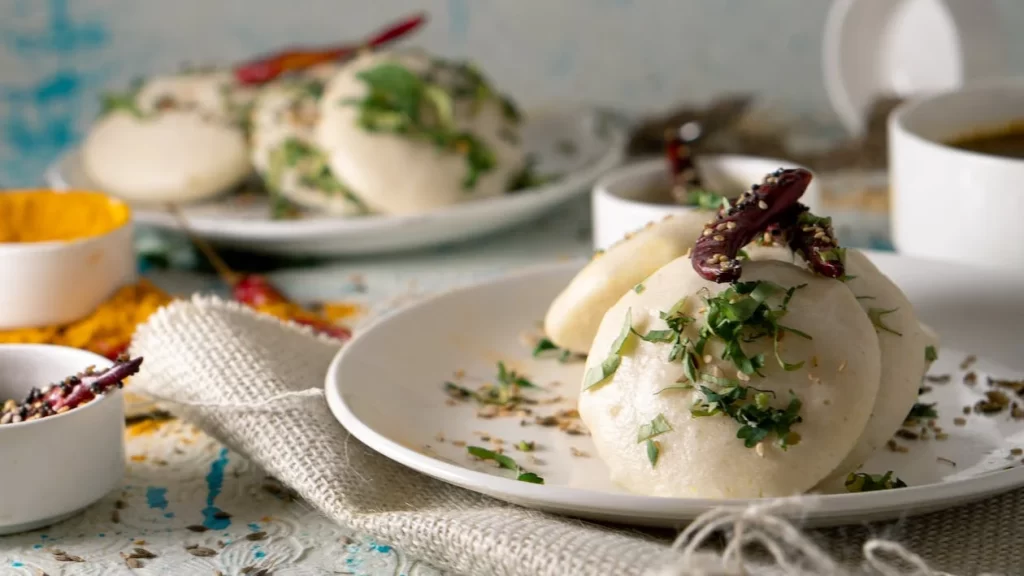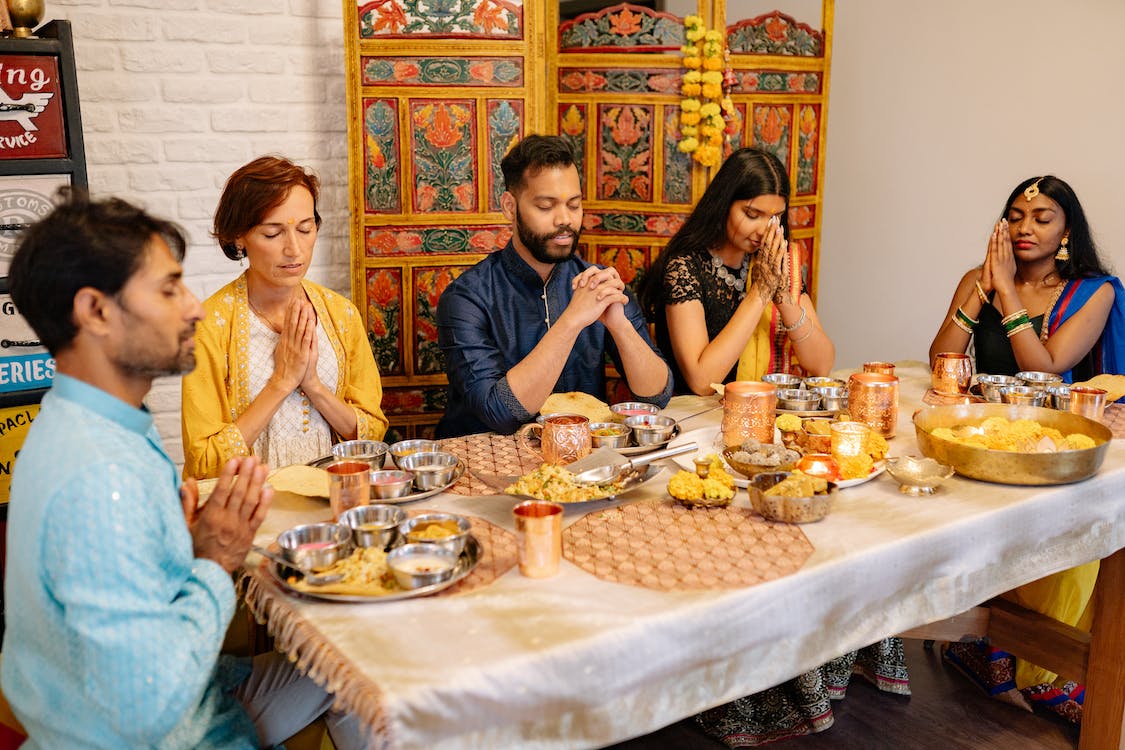India, a land of diversity and cultural richness, boasts a culinary heritage as vibrant and varied as its people. When one thinks of Indian cuisine, a kaleidoscope of flavors, aromas, and textures comes to mind. But what exactly is Indian national food? In this culinary journey, we’ll delve into the heart of India’s gastronomic treasures and uncover the essence of its national food.
A Tapestry of Culinary Diversity
Indian national food is more than just a meal; it’s a reflection of the country’s rich history, diverse culture, and centuries-old traditions. India, with its 29 states and 7 union territories, offers a breathtaking array of flavors and dishes that change with every mile you travel. While it’s challenging to pinpoint a single dish as the definitive Indian national food, there are certain staples and iconic dishes that symbolize the essence of this diverse cuisine.

The Significance of Spice
At the heart of Indian national food lies a medley of spices. From the warmth of cinnamon to the earthiness of cumin and the fiery kick of chili peppers, spices play a pivotal role in defining the flavors of Indian dishes. The skillful use of these spices not only adds depth and complexity to the cuisine but also contributes to its therapeutic qualities.
Spices aren’t just ingredients in Indian cooking; they are a way of life. Turmeric, for instance, revered for its anti-inflammatory properties, finds its way into almost every Indian dish, lending a beautiful golden hue. The scent of cardamom and cloves wafting from a pot of biryani instantly transports you to the bustling streets of India. These spices tell stories of trade routes, colonial influences, and the fusion of flavors that make Indian cuisine so unique.
Regional Variations: A Culinary Odyssey
India’s vast geographical expanse is a treasure trove of culinary diversity. Each region boasts its own distinct flavors and cooking techniques, often influenced by the local produce and climate.
1. North India: Here, you’ll find indulgent dishes like butter chicken and creamy dal makhani, often accompanied by soft, fluffy naan bread. The cuisine in this region is characterized by the use of dairy products and rich gravies.
2. South India: In contrast, South Indian cuisine is known for its spicy and tangy flavors. Dishes like dosa, idli, and sambar are staples. Coconut, curry leaves, and tamarind are frequently used to create these unique flavors.
3. East India: The eastern states offer a plethora of seafood delights. Bengali cuisine, in particular, is celebrated for its sweets like rasgulla and sandesh, while Odisha is famous for its pithas (rice cakes) and seafood curries.
4. West India: The west is all about vibrant street food. From spicy pav bhaji in Mumbai to the delectable dhokla in Gujarat, this region boasts an array of finger-licking street treats.
5. Central India: The heart of India offers a fusion of flavors. Here, you’ll find dishes like poha, a flattened rice snack, and the fiery Laal Maas, a spicy mutton curry from Rajasthan.
Iconic Indian Dishes: A Culinary Odyssey
While it’s impossible to list all the incredible dishes in Indian cuisine, there are a few that have gained international recognition and are often associated with Indian national food:
1. Biryani: A fragrant rice dish cooked with aromatic spices, vegetables, or meat. Each region adds its unique twist, but the essence of biryani remains consistent—a burst of flavors in every bite.
2. Butter Chicken: A creamy tomato-based gravy with succulent pieces of tandoori chicken, served with naan or rice. It’s the ultimate comfort food.
3. Masala Dosa: A crispy rice crepe filled with a spiced potato filling, often served with coconut chutney and tangy sambar. This South Indian delicacy is a breakfast favorite.
4. Rogan Josh: A delectable Kashmiri dish, it’s a slow-cooked lamb curry infused with saffron and spices, resulting in a rich and aromatic gravy.
5. Chaat: Street food at its finest! Chaat includes a variety of savory snacks, often featuring crispy fried dough, yogurt, tamarind chutney, and a burst of spices.

Bringing India to Your Kitchen
The allure of Indian national food isn’t limited to restaurants and street vendors; it can be recreated in your own kitchen. To embark on this culinary adventure, here are a few tips:
- Gather Your Spices: Stock up on essential Indian spices like cumin, coriander, turmeric, and garam masala. They’ll be the backbone of your Indian dishes.
- Start with Simple Recipes: Begin with uncomplicated recipes like chicken curry or vegetable biryani. As you gain confidence, you can explore more complex dishes.
- Balance Flavors: Indian cuisine is about balancing flavors—sweet, sour, salty, and spicy. Taste as you cook and adjust accordingly.
- Explore Local Indian Stores: Visit an Indian grocery store to find authentic ingredients and spices. You’ll discover a world of culinary treasures.
- Experiment and Enjoy: Don’t be afraid to experiment with flavors. Indian cooking is an art, and there’s no right or wrong way to create a delicious meal.
In Conclusion
So, what is Indian national food? It’s a culinary journey through history, culture, and geography. It’s the tantalizing flavors of spices, the warmth of hospitality, and the joy of sharing a meal with loved ones. Whether you’re dining at an Indian restaurant or trying your hand at cooking Indian dishes at home, the essence of Indian national food is an unforgettable experience—a fusion of tradition and flavor that transcends borders and continues to enthrall the world. So go ahead, savor the taste of India, one dish at a time!

